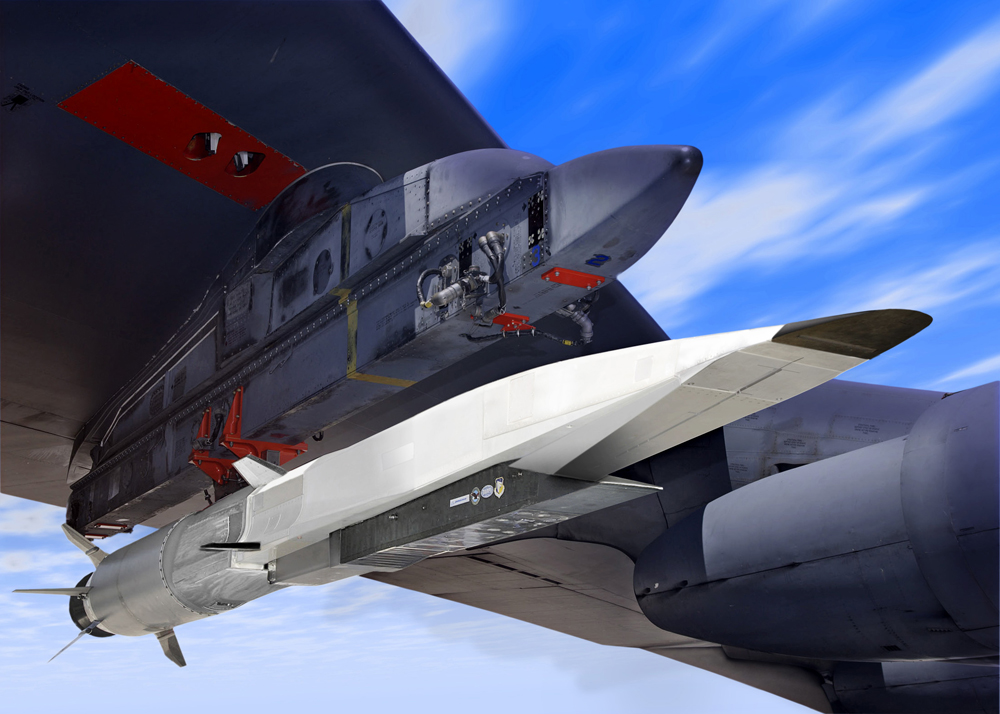Test Craft to Fly at Mach 6

Engineers are testing an aircraft today (Aug. 14) that is supposed to fly at Mach 6, six times the speed of sound. At that pace, a plane could get from Los Angeles to New York in 46 minutes, the Los Angeles Times reported. The current craft is expected to sustain Mach 6 for 300 seconds, about twice as long as its previous successful flight.
The X-51A WaveRider is an unmanned craft with virtually no moving parts; indeed, in an artist's rendition we first saw on an NPR blog, the WaveRider's tubular, wingless shape looks more like a missile than a passenger jet. The craft will fly from the Edwards Air Force Base in the Mojave Desert.
For its test flight, the WaveRider will hitch a ride underneath a B-52 bomber's wing to an altitude of 50,000 feet above the Pacific Ocean. The bomber will then drop the WaveRider, which will free-fall for about four seconds before its booster rocket engine ignites, propelling it forward at about Mach 4.5, according to Times. After another 30 seconds, its scramjet engine will ignite, taking it to Mach 6. As NPR explains:
If it works as planned, the aircraft will be going so fast that it will ride its own wave — hence its name — as air sucked in at hypersonic speed combines with jet fuel to produce more thrust.
After 300 seconds, the WaveRider is designed to break apart and fall in pieces into the ocean.
The Los Angeles Times interviewed experts who said hypersonic technology will be important to the next generation of missiles, military aircraft, spacecraft and passenger planes. The Pentagon has spent as much as $2 billion over the past decade on studying faster-than-speed flight and U.S. agencies have established three hypersonic speed research centers across the country, the newspaper reported.
The WaveRider first flew in 2010, when it lasted about 143 seconds at 3,500 mph (Mach 6 is about 3,600 mph). A second WaveRider test in 2011 shut down prematurely, however.
Sources: Los Angeles Times, NPR
Get the world’s most fascinating discoveries delivered straight to your inbox.
This story was provided by InnovationNewsDaily, a sister site to LiveScience. Follow InnovationNewsDaily on Twitter @News_Innovation, or on Facebook.



